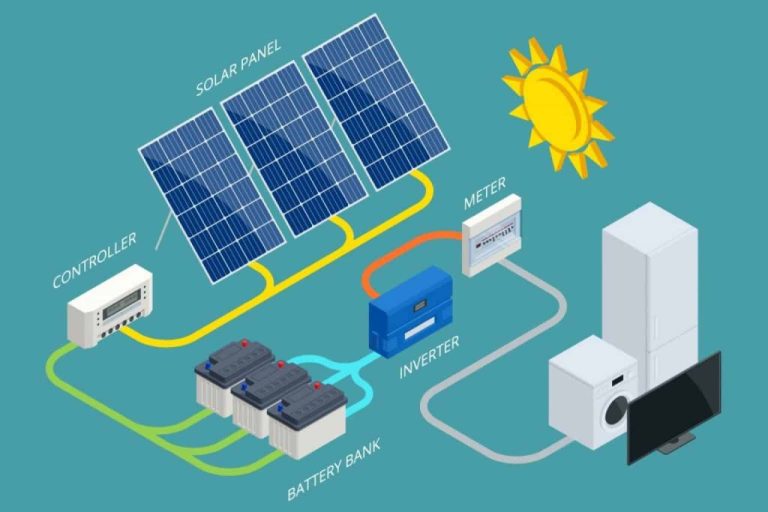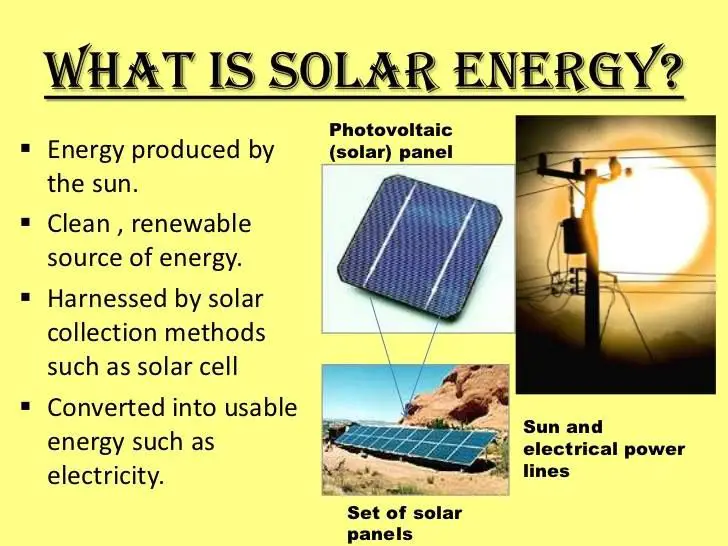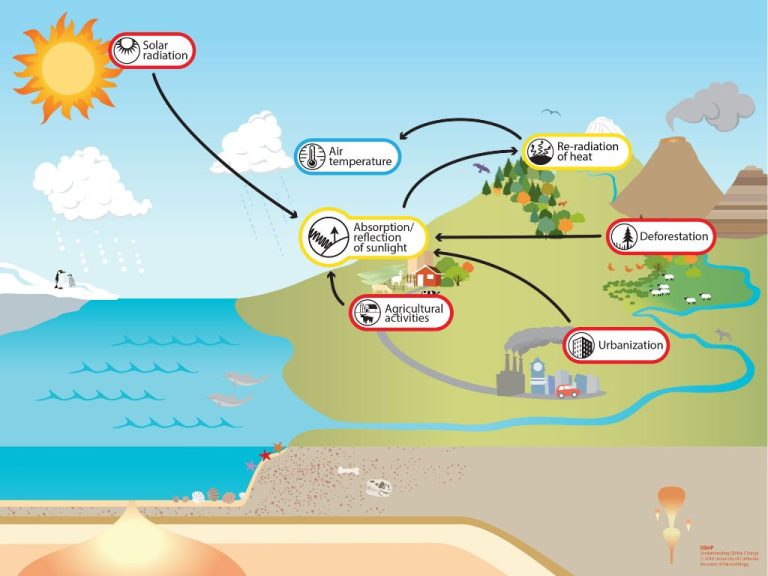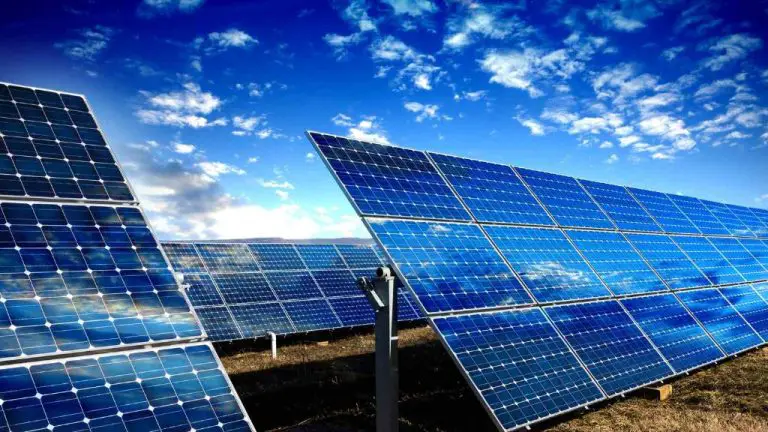How Popular Are Solar Panels In Canada?
Solar panels have become an increasingly popular way for homeowners and businesses to generate clean, renewable electricity. Solar panels work by converting sunlight into electricity, allowing homes and companies to reduce their reliance on fossil fuels. In recent years, interest in solar panels has risen across Canada due to improving technology and falling costs.
Current Levels of Adoption
Solar power capacity in Canada reached over 4.4 gigawatts by 2022, according to Statista.com https://www.statista.com/statistics/790547/cumulative-installed-solar-pv-power-capacity-in-canada/. This represents a steady increase from just 40 megawatts in 2010. While Canada’s solar capacity has grown significantly, it still lags behind solar leaders like Germany, which had over 59 gigawatts of installed solar capacity in 2021.
On a provincial level, Ontario leads the country with over 3,060 megawatts of installed solar capacity as of 2020, according to Statista https://www.statista.com/statistics/472761/capacity-solar-pv-energy-in-canada-by-province/. Alberta came second with 939 megawatts. The remaining provinces each have between 10-400 megawatts of installed solar capacity.
Drivers of Growing Adoption
Several key factors are driving the increased adoption of solar panels in Canada:
Declining costs have made solar power more affordable and accessible. According to the Canadian Renewable Energy Association, the cost of solar panels in Canada has decreased over 70% in the last decade (Solar Power in Canada: 12 Facts). This price drop is encouraging more homeowners and businesses to install solar.
Government incentives at the federal and provincial levels also boost solar adoption. Programs like the federal Incentives for Zero-Emission Vehicles program provide rebates for installing solar panels, while many provinces offer additional financial incentives. Ontario’s net metering program pays homeowners retail rates for excess solar power sent back to the grid.
Canadians’ growing environmental awareness and concern about climate change is another driver. Many homeowners see going solar as a way to reduce their carbon footprint. Commercial customers also use solar to meet sustainability goals and demonstrate a commitment to green energy.
Residential Use
The residential solar market in Canada has seen steady growth over the past decade, with more homeowners choosing to install solar panels on their roofs. According to a report from the Canadian Renewable Energy Association, the total installed capacity of small-scale solar PV systems (under 10 kilowatts) reached 358 megawatts in 2018, a nearly 25% increase from the previous year.[1]
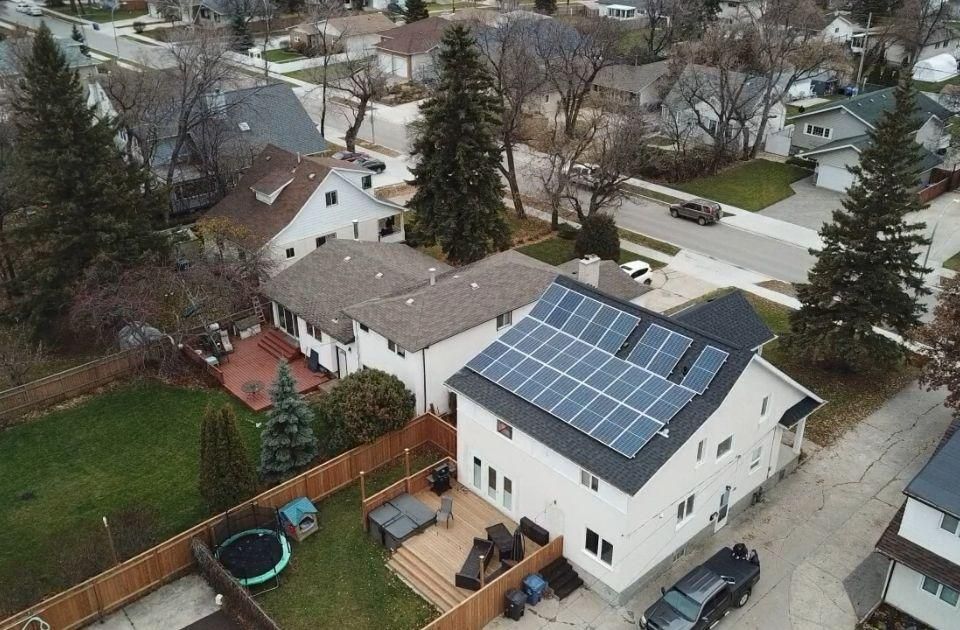
Typical residential solar installations in Canada range from 5-10 kilowatts, which is enough to meet 30-60% of an average household’s electricity needs. The popularity of rooftop solar varies considerably by region, with the highest adoption rates seen in Ontario, Alberta, and British Columbia where net metering policies and other incentives have helped spur growth. Ontario leads with over 12,000 residential solar installations as of 2018, thanks largely to the province’s Feed-In Tariff program introduced in 2009.[2]
While solar energy accounts for only around 1% of Canada’s electricity mix currently, declining technology costs paired with supportive government policies are expected to drive continued steady adoption in the residential sector going forward.
Commercial Use
Businesses and organizations across Canada are increasingly adopting solar power to meet their energy needs in a cost-effective and sustainable way. According to the National Survey Report of PV Power Applications in Canada, the commercial solar sector has seen rapid growth, with total installed capacity increasing from 137 MW in 2015 to 1,050 MW by the end of 2019.
Some of the leading commercial solar installers in Canada include SunPower, SkyFire Energy, Amicus Solar Cooperative and Polar Racking. These companies have extensive experience designing and building solar systems for warehouses, manufacturing facilities, office buildings, schools, hospitals and other commercial properties. Many provide full-service solutions including feasibility studies, system design, engineering, procurement, construction and maintenance.
The main drivers for commercial solar adoption are cost savings, sustainability, energy independence and reliability. Businesses can offset a significant portion of their energy expenses by producing their own solar power. Solar panels have a lifetime of 20-30 years, allowing companies to lock in long-term electricity rates. Many provinces also offer incentives like feed-in tariffs and net metering, enhancing solar economics. Going solar helps organizations meet their ESG goals and reduce carbon footprint.
Utility-Scale Solar
Canada has seen significant growth in large-scale solar farms and utility solar projects in recent years. According to the List of photovoltaic power stations in Canada on Wikipedia, as of 2022 there are over 80 operational utility-scale solar farms in Canada with a capacity of 10MW or greater [1]. Some of the largest include the Sarnia Photovoltaic Power Plant in Ontario with a capacity of 80MW, the Grand Renewable Solar Project also in Ontario with a capacity of 100MW, and the Suffield Solar Project in Alberta which is currently the largest in Canada at 400MW.
Ontario leads the country with over 40 operational utility-scale solar projects. Major farms in Ontario include the Arnprior Solar Generation Station (23MW), the Sarnia Photovoltaic Power Plant (80MW), and the Grand Renewable Solar Project (100MW) [1]. Alberta has seen massive growth recently as well, with farms like the Suffield Solar Project (400MW) and the Claresholm Solar Project (132MW). Other provinces with significant utility solar include Quebec, New Brunswick, Nova Scotia, and Saskatchewan.
The growth of large scale solar in Canada is expected to continue, with over 6GW of additional utility solar power announced or under construction across the country as of 2022 [1]. Major upcoming projects include the Provo Solar Project (130MW) in Alberta and the Two Bulls Solar Project (140MW) in Saskatchewan.
Future Projections
The solar energy market in Canada is expected to see significant growth in the coming years. According to Statista, electricity generation from solar energy in Canada is projected to reach 4.2 billion kWh in 2024, with an annual growth rate of 2.3% expected between 2024-2028 (Statista).
The Canadian government has set ambitious targets for solar adoption, aiming for solar to account for 10% of total energy generation by 2025. Currently, solar only accounts for around 3% of Canada’s energy mix (Research and Markets).
Experts predict Canada could install up to 35 GW of total solar capacity by 2050. This is over 10 times the current installed solar capacity and would significantly increase solar’s contribution to Canada’s renewable energy generation (Research and Markets).
Canada has abundant solar resources, especially in southern regions that see high levels of sunlight. With falling costs and supportive policies, solar power has major growth potential to meet Canada’s energy needs in a renewable manner.
Challenges Limiting Adoption
Despite the growth in solar adoption, there are still some key challenges limiting more widespread use of solar panels in Canada.
One major barrier is the high upfront cost of purchasing and installing a solar system. According to research, the average cost to install a 5kW residential solar system in Canada is around $18,000 before incentives and rebates. This steep initial investment deters many homeowners and businesses.
Regulatory barriers also pose a challenge in some provinces. Onerous permitting processes, unfavorable net metering policies, and electricity rate structures can discourage solar adoption. For example, in some areas there are limits and additional fees for exporting excess solar power back to the grid.
The lack of strong financial incentives in most of Canada makes the economics of solar less compelling. While federal and some provincial/territorial governments offer rebates and tax credits, the incentives generally aren’t as robust as in leading solar markets like California, Australia, and Germany.
Recommendations
To further increase solar adoption in Canada, the following recommendations could be considered:
Policy reforms to incentivize solar – The federal and provincial governments could introduce new policies like feed-in tariffs, tax credits, rebates, and net metering to encourage more residential and commercial solar installations. For example, a federal investment tax credit for solar panels could help reduce upfront costs.
Innovation to reduce costs further – Continued declines in solar panel costs will rely on innovations in manufacturing, installation, and energy storage. Government and industry partnerships can spur R&D into next-gen solar tech and drive down soft costs.
Education on benefits – Widespread educational campaigns are needed to increase awareness of solar’s economic, environmental, and energy resilience benefits. Social media, workshops, and community solar group purchases can demonstrate first-hand the advantages of going solar.
Conclusion
As discussed in this article, solar energy adoption in Canada has grown significantly over the last decade, driven by falling costs and supportive policies. Residential solar installations have become mainstream, while commercial and utility-scale adoption continues to expand rapidly. Based on current growth rates, solar energy has immense potential to contribute to Canada’s future electricity mix. Realizing this potential will require overcoming remaining challenges around grid integration, upfront costs and inconsistent policy support. With the proper strategies, Canada can harness its abundant solar resources to build a cleaner, more resilient power grid.
To fully capture the benefits of solar power, governments must commit to long-term policies that encourage investment and innovation. Individuals can also play a role by installing solar panels on their homes and advocating for solar-friendly policies. With concerted effort across all levels, Canada can transition away from fossil fuels and unleash the full potential of solar energy. The future is bright for solar power in Canada.


